AARP Hearing Center

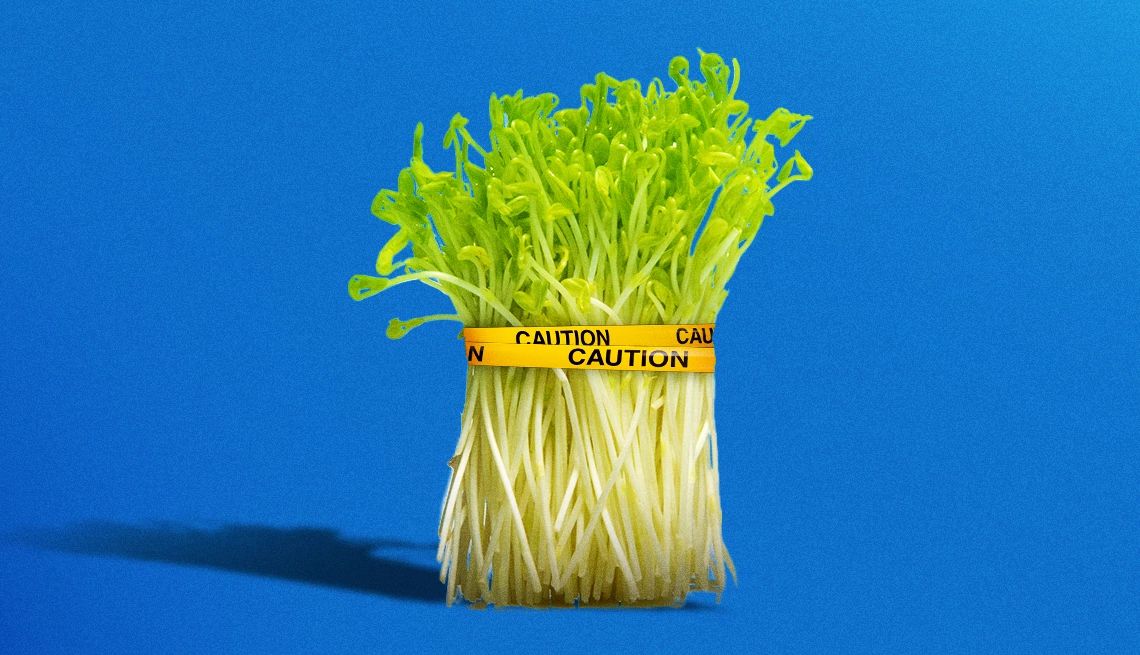
From listeria and norovirus to E. coli, salmonella and beyond, foodborne pathogens sicken 48 million Americans each year, sending 128,000 to the hospital and killing 3,000. Older adults face extra risk for severe foodborne illness due to weakened immunity, slower digestion and less bug-killing stomach acid. Underlying conditions such as diabetes or cancer and medications for HIV/AIDS, organ transplants or autoimmune diseases can also increase an older person’s risk of foodborne illness.
Scary as that sounds, there’s plenty you can do to protect yourself and your family from danger when you shop, cook and eat. Here’s what food safety researchers recommend.
WHERE TO START
1. Wash your hands
Scrubbing up — early and often — during food preparation lowers your own risk for acquiring a foodborne illness and also protects others. But more than 70 percent of the time home cooks skip this step or don’t do it the right way, according to a study published in 2023 that tracked 371 people cooking turkey burgers in a test kitchen.
The right way: Wash your hands before you start preparing food; wash again after touching raw meat, poultry, seafood or eggs; and wash again when you’re done. (The study subjects unwittingly smeared raw and undercooked turkey juices teeming with a harmless marker virus on soap dispensers, towels, spice containers and the handles of utensils, cabinet doors and appliances.)
For best results when you wash, wet your hands with warm or cold running water, then lather up with soap and scrub fronts, backs and all sides of your fingers for 20 seconds (about as long as it takes to hum the “Happy Birthday” song all the way through twice); rinse well with clean, running water and dry thoroughly with a clean paper or fabric towel or air dry. The jury’s out on which drying method is best, according to the Centers for Disease Control and Prevention (CDC).
“Your hands are the most powerful place where you can move contamination around a kitchen,” says Susie Craig, professor of food safety and health at Washington State University and host of the podcast Food Safety in a Minute. “If I had just one piece of advice for controlling cross-contamination when working with raw foods and the spread of foodborne illnesses, I would start with hands.” Don’t depend on hand sanitizers, she adds. They’re not always effective against major pathogens like listeria and norovirus or if you have food debris or grease on your hands.
2. Avoid cross-contamination
Juices from raw meat, poultry and seafood may harbor illness-causing bacteria; drips, smears and dabs onto other foods can contaminate those foods, too. The result? More widespread disease.
While there are no statistics for home kitchens, a 2023 study by the CDC found that cross-contamination is responsible for nearly 14 percent of foodborne illnesses acquired at restaurants. You should bag meats and seafood individually and keep them separate from other foods at the supermarket, transport them in a separate cooler or a cooler bag on the way home if you’re using one, and store in sealed bags or containers in the refrigerator. After using a cutting board for raw meat or seafood, wash the board and any cutting utensils in hot, soapy water, then sanitize (see “11. Finish the job,” below) and dry with a clean paper towel before you use the board or utensils for other food items like veggies and fruits, Craig suggests. Or use separate cutting boards.
3. Obey the two-hour rule (and the one-hour rule)
“Two hours is the max that foods can safely be served or left out at room temperature, but that drops to one hour in temperatures over 90 degrees Fahrenheit, such as at a summer picnic or in a hot car on the way home from the grocery store,” says Jen Bruning, spokesperson for the Academy of Nutrition and Dietetics and director of nutrition and brand innovation for a senior-living group-purchasing organization. Illness-causing bacteria can grow fast in food at temperatures between 40 and 140 degrees Fahrenheit — doubling in numbers in just 20 minutes in some cases, according to the U.S. Department of Agriculture (USDA). Avoid this danger zone by getting your groceries home in two hours or less. The North Dakota State University Extension Service recommends using a cooler if you won’t be able to refrigerate items within an hour. If you bought hot foods — like a rotisserie chicken or other ready-to-eat main dish or side dish — bring them home in an insulated bag so they stay hotter. During cooking, serving and at meals like buffets where foods may be out longer, make sure ingredients and foods are either kept chilled or hot, suggests Lester Schonberger, associate extension specialist in the Department of Food Science and Technology at Virginia Tech in Blacksburg, Virginia. Depending on the circumstances, this could mean a bed of ice or warming trays on a buffet, or keeping ingredients in the fridge or heated on the stove during prep. Toss foods that have stayed out in the danger zone longer.
4. Heed food recalls
High-profile food recalls, such as for salmonella in sliced cucumbers, E. coli in organic carrots and listeria in deli meat grabbed plenty of headlines in 2024. But recalls aren’t just for foodborne pathogens. The U.S. Food and Drug Administration (FDA) and USDA also recall products because of undisclosed allergens or foreign objects like glass or metal. Still, a recall can only protect you if you know about it. In a 2024 Harris Poll commissioned by the magazine Fast Company, 48 percent of adults ages 43 to 59 and 31 percent ages 59 to 77 couldn’t remember a food recall in the past year. Get the facts about recent recalls at foodsafety.gov/recalls.
If you’ve got a recalled food at home, return it to the store for a refund or toss it following recall directions. But don’t stop there. Wash kitchenware, tableware, shelves and countertops that came in contact with the tainted item. Wipe down areas of your refrigerator where the product was stored, too.


PREP, COOK, CLEAN UP
5. Have clean towels and a clean sponge on hand
You’ll need fresh towels (paper or cloth) to dry your hands after washing, to dry just-washed kitchenware after prepping animal proteins and to dry washed kitchen surfaces. “A clean sponge is safe for cleaning surfaces,” Craig says. “Rinse frequently and be sure to wash it in the dishwasher on hot daily.”
6. Get yourself organized
When preparing a meal, gather kitchenware and ingredients before you start chopping and measuring. You’ll touch fewer surfaces like cabinets if measuring spoons, knives, cutting boards, bowls, pans, pots and utensils are already out. The same goes for the trash can and compost pail. “I pull out everything I need before I start,” Craig notes. “I also open the dishwasher so I can add used things without touching the handle. It’s another way to cut the risk of contaminating surfaces.”
7. Rinse this, not that
Clean fruits and vegetables under a gentle stream of cold tap water. Scrub melons, winter squash, potatoes and firm veggies with a clean brush to remove surface dirt and germs that could otherwise get inside when you cut the produce. (Adding salt or something acidic like vinegar or lemon juice or using a commercial produce wash doesn’t seem to be any better than tap water, according to FoodSafety.gov, a website from the federal Department of Health and Human Services.) Dry with a clean paper towel. It’s OK, however, to not wash produce, like bagged greens, labeled “washed,” “triple-washed” or “ready-to-eat.”
You may have been taught to rinse raw chicken, meats or seafood, but you shouldn’t. It doesn’t kill germs on raw meats and seafood and simply splashes them around, according to the CDC and USDA. Don’t wash commercially packaged eggs, either. Wash water could penetrate the porous shell, boosting the risk of contamination. (Eggs sold by a neighbor with a backyard flock should meet state requirements for safe shell cleaning and storage.) Make sure any eggs you buy are clean, uncracked and refrigerated, the FDA recommends.
8. Use a food thermometer — and not just on Thanksgiving
You can’t judge the doneness of cooked meat, poultry, fish or even reheated casseroles, stews and other leftovers by how the item looks. Only a food thermometer will tell you whether a food is heated enough to kill disease-causing bacteria, says Londa Nwadike, professor and head of the Department of Dairy and Food Science at South Dakota State University. But in a 2024 survey of 1,496 Americans commissioned by the Annenberg Public Policy Center of the University of Pennsylvania, just one in four said they use a food thermometer often or every time they cook meat, poultry or seafood — and 29 percent never do. Less than half knew the correct temperatures for killing pathogens in foods. There’s no need to spring for a high-end, high-tech thermometer, Craig says. An inexpensive instant-read thermometer with a probe on one end and a dial or digital display on the other end should work fine. Pop-up doneness timers in poultry are fairly reliable, according to the USDA, but you should still check the internal temperature with a food thermometer.
“Place the probe in the thickest part of the food, away from bone, which heats up more quickly than muscle,” she says. “If a food has an irregular shape, check at several spots.” She notes that precooked proteins like ham, precooked sausages, hot dogs and leftovers should also be cooked to a safe temperature. Safe internal temperatures are 160 degrees Fahrenheit for hamburger, ground pork and egg dishes; 145 degrees Fahrenheit for beef, veal, lamb steaks, roasts, pork and fish; and 165 degrees Fahrenheit for all poultry, precooked ham (140 is OK for hams packaged at a USDA-inspected plant) as well as reheated leftovers including previously cooked meats, soup, gravy, stew, casseroles, according to the USDA. Cook hot dogs until steaming.
And keep that thermometer “food safe:” Wash off the probe with hot, soapy water, rinse and dry following the manufacturer’s instructions before and after every use, the USDA advises.
































































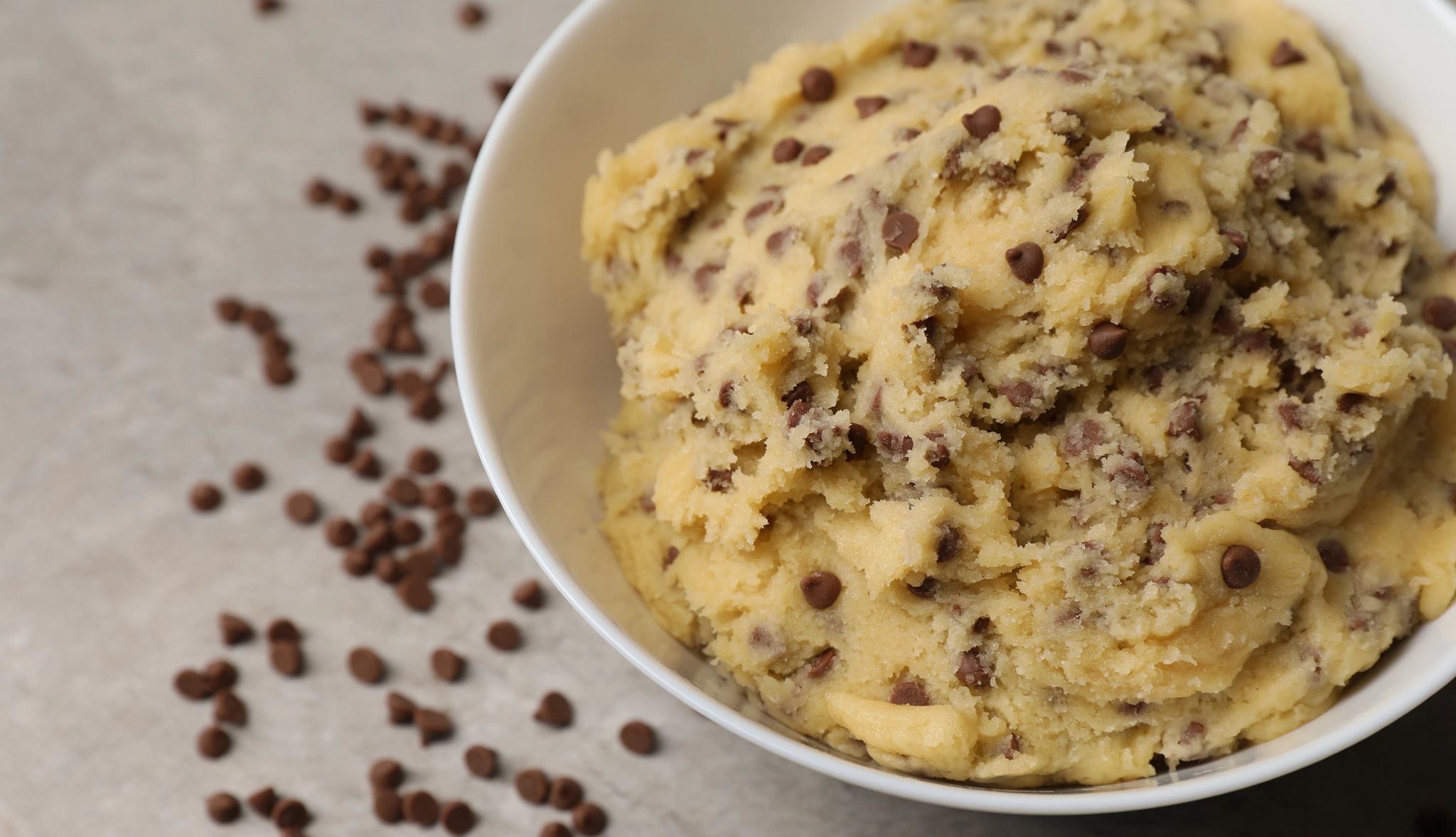
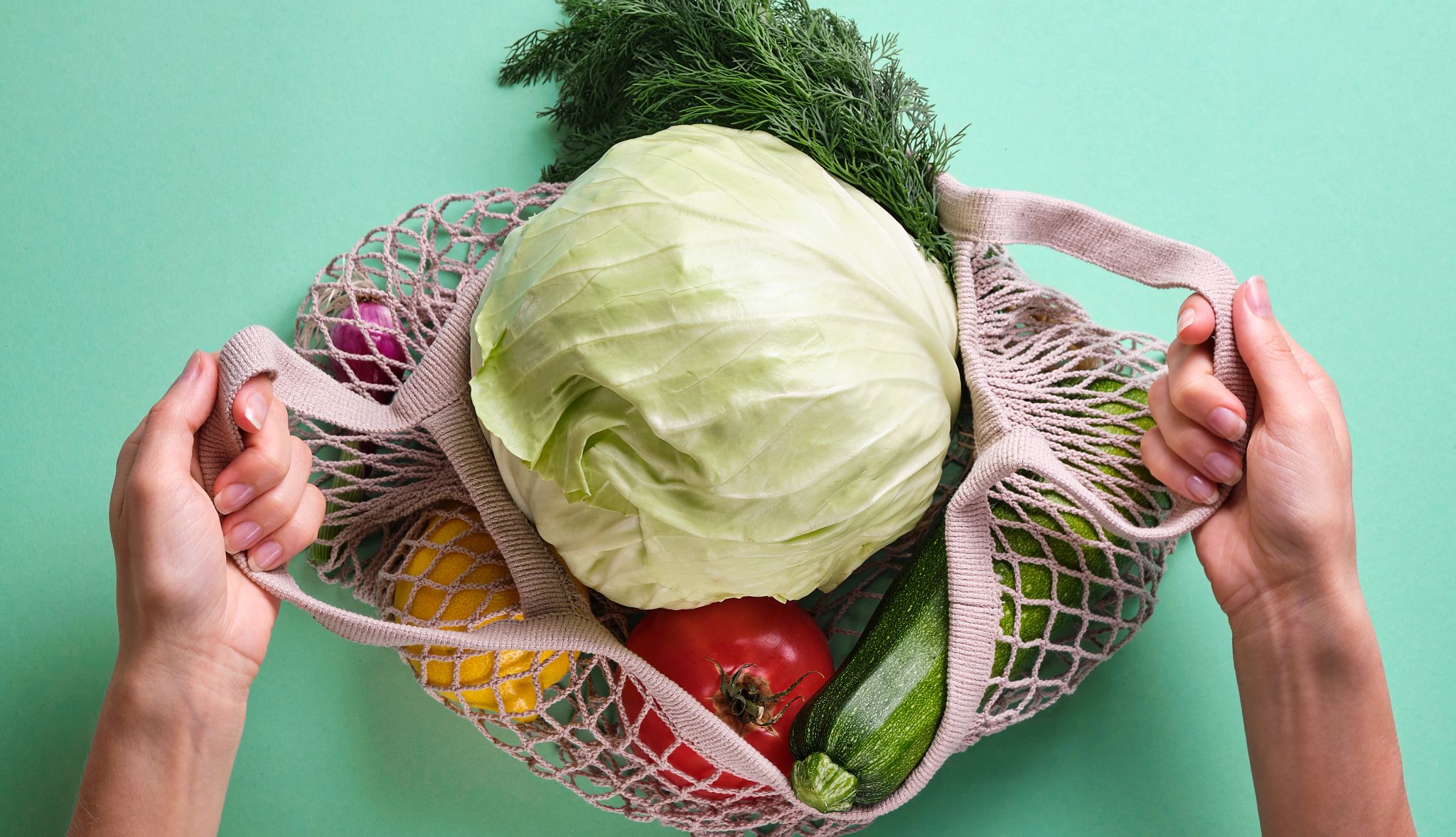


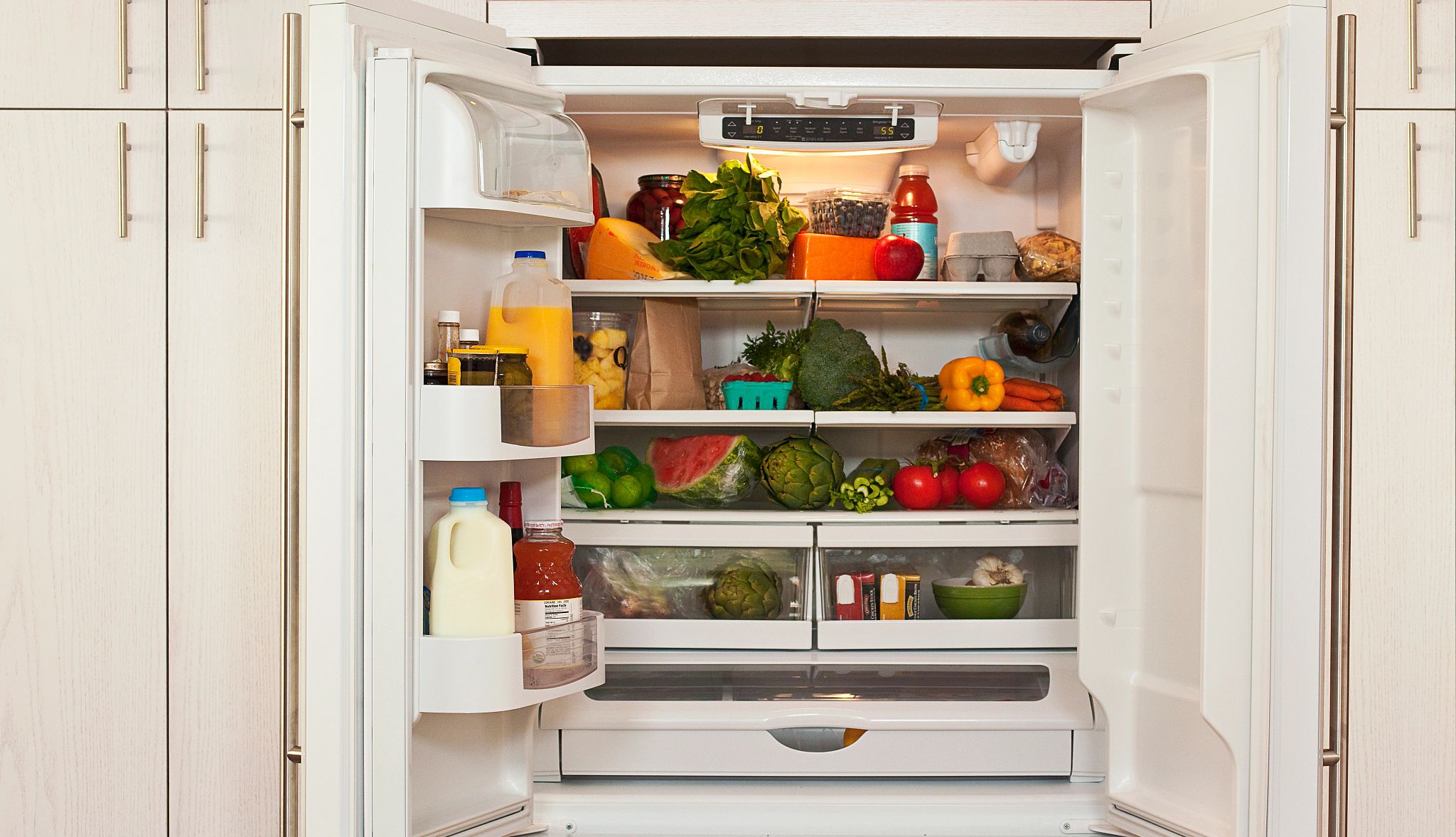
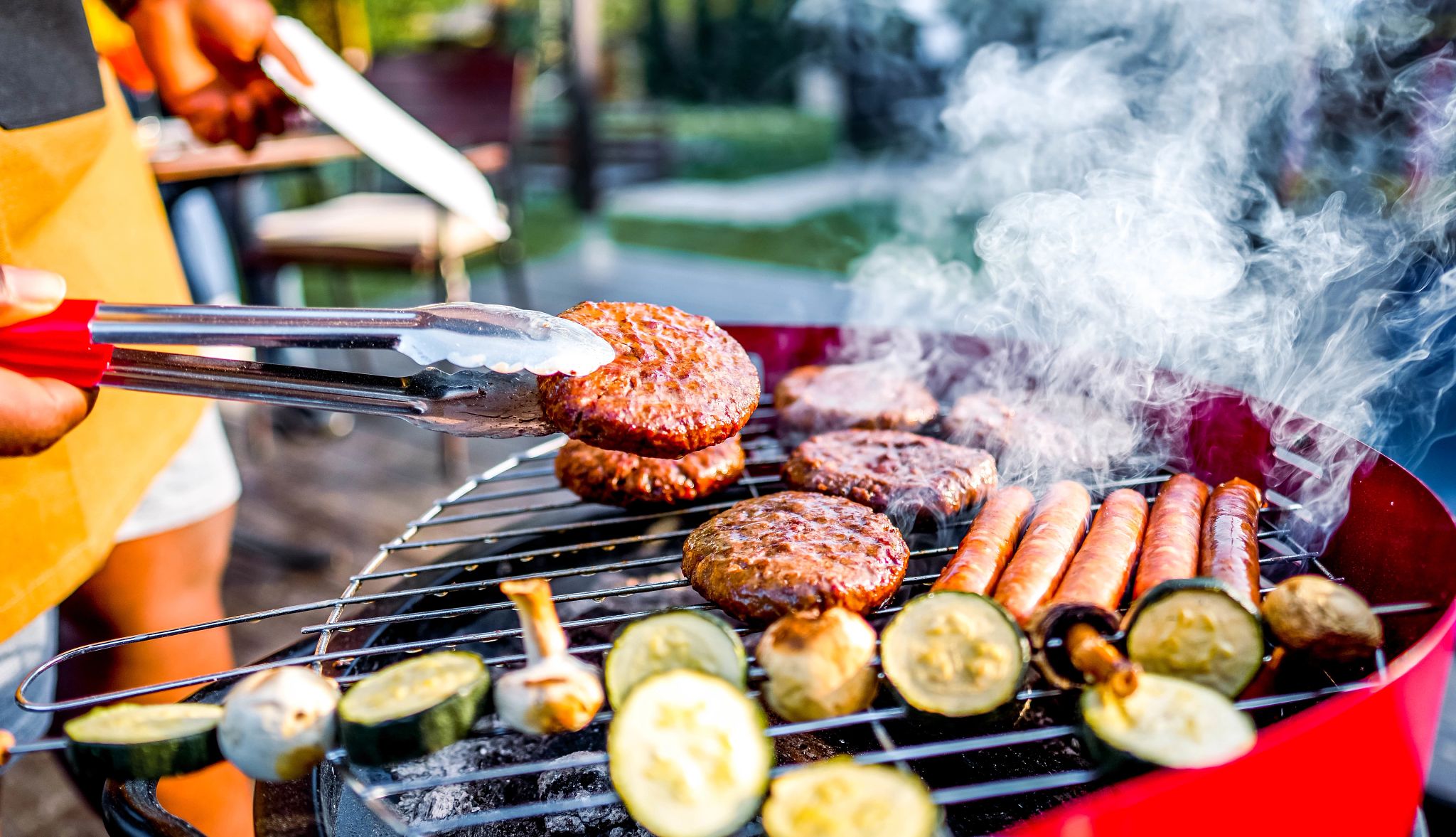



You Might Also Like
25 Processed Foods That Are Actually Good For You
Not everything that comes in a box, bag or can wreaks havoc on a healthy diet
Try These Tips for Living a Healthier Life
Small changes can add up to big mental and physical results
25 Foods That Won't Cause Weight Gain
Eat these to your heart's content